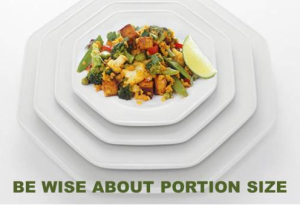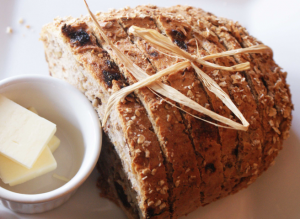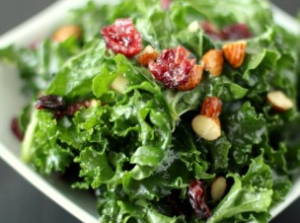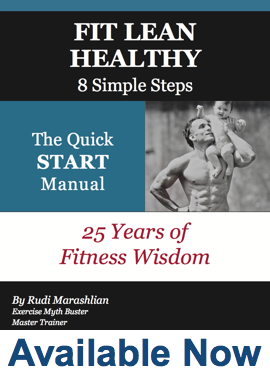It’s no secret that we have an obesity epidemic going on in the Western World. From Australia to America, waistlines are growing. So is the cost of health care. We know that staying active is your Number One best defense against the onset of heart disease, diabetes, hypertension, depression and the like but what you eat plays an enormous role in how you feel, look and in maintaining good health.
Here’s a scary fact (and one that corresponds with the growing number of fat people) – since the 1970’s portion sizes in America have increased by an average of two to five times (Young 2006)! The average daily energy intake of a U.S. citizen has increased from 1,803 calories in 1977-78 to 2,374 calories in 2003-2006 (Duffy et al. 2001). That’s a rise of nearly 32%.
Part of the problem is that we are in the habit of viewing large portions as ideal, and not only in fast food restaurants.
Here are a few strategies to help you strip down your portion sizes and simultaneously reduce your daily calorie intake without having to resort to crazy crash diets or depriving yourself in any way.
Less Is More
Try changing out your plates, bowls and glasses for smaller ones. You could even go so far as using a salad plate for your main course. A 2012 Journal of Nutrition Education and Behavior study found that when participants were given a large-sized bowl, they served themselves 77% more pasta than when they were given a smaller bowl (Van Kleef, Shimizu & Wansink 2012).
Check out The Portion Plate website for great visuals on proper serving sizes for grains,meats, vegetables and fruits.
Fiber Is a Dieter’s Best Friend
A study in the journal Appetite found that volunteers felt fuller after consuming high-fiber bread than they did when they ate the same number of calories from low-fiber white bread (Keogh et al. 2011). Fiber-rich foods slow down digestion and help control blood sugar making it less likely you’ll feel like overeating during or after a meal. Try for lots of fruits, vegetables, nuts, seeds and whole grains. Go raw whenever you can.
Out of Sight, Out of Mind
A Cornell university study found that people eat fewer calories when they leave extra food off the table. They found that when study subjects had to serve themselves from dishes on the kitchen counter or on the stove they ate an average of 20% fewer calories (Payne et al. 2010). A good idea would be to put a portion of food onto plates then put the extra food away so once you’ve eaten what’s on your plate you don’t add more “just because it’s there”.
Eat Your Greens!
Serving yourself a large portion of leafy greens before you eat your main course can help fill you up so you’re less likely to want to overeat your main course. Having the dressing served on the side is a good idea, this way you can control how much goes on your leafy greens (a little goes a long way). This tip is my own and comes from testing on myself and a few of my clients who swear by it.
For an amazingly delicious and easy-to-make kale salad salad, click here. It’ll fulfill the fiber-rich tip and you can’t get greener than kale.
These tips might come in very handy during the Holidays when there is more food being “pushed” than at any other time of the year. My advice is to enjoy your food by eating the food you deserve – real, whole and good – you’ll feel better and your waist will thank you come January 1st.





